
AeroGenie — 您的智能副驾驶。
热门趋势
Categories
A320neo Delays Weigh on Airbus Deliveries in 2025
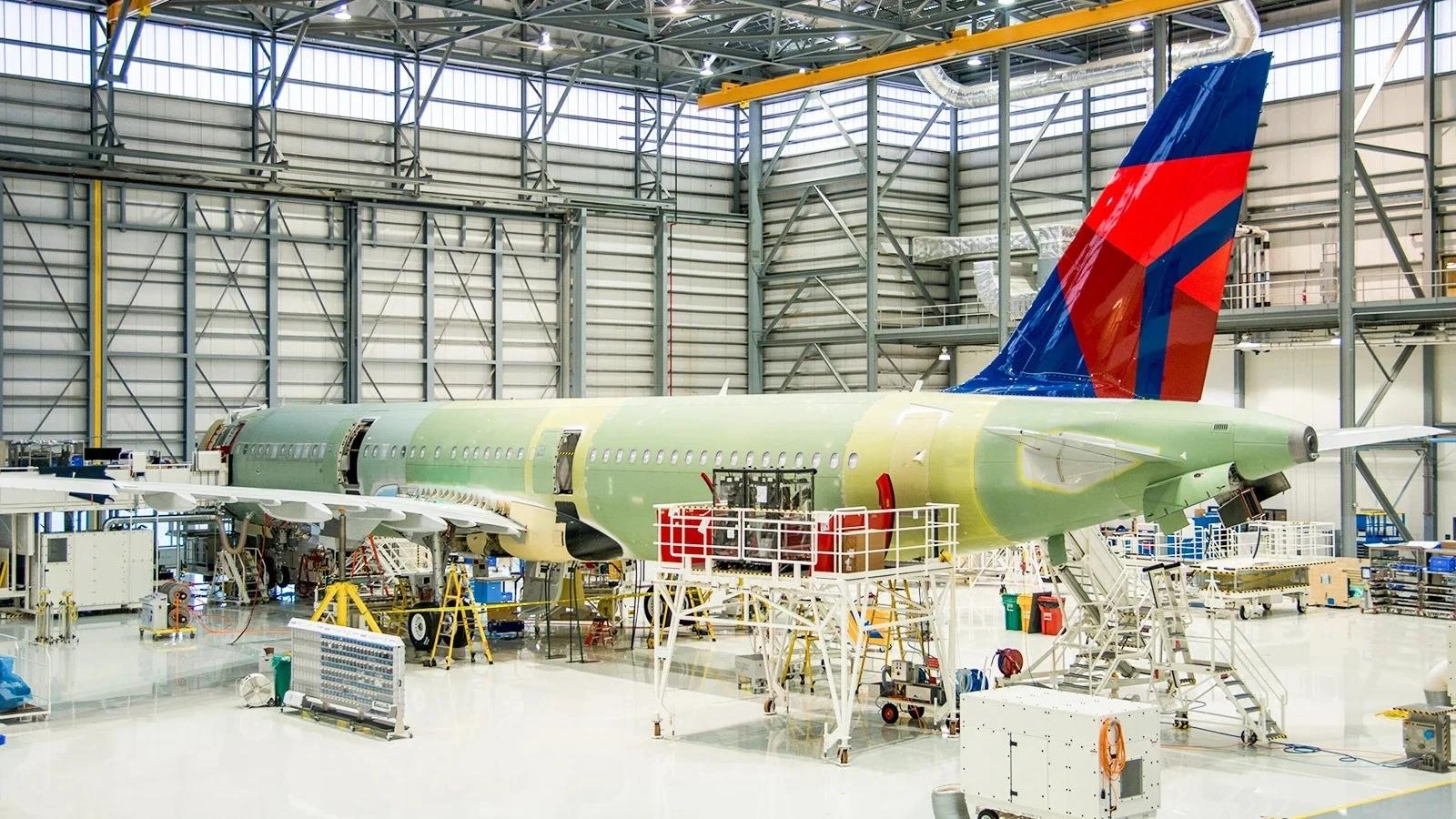
A320neo Delays Weigh on Airbus Deliveries in 2025
Airbus delivered 55 commercial aircraft in April 2025, marking a decline of six units compared to the same month last year and 15 fewer than in March. The company continues to face persistent supply chain disruptions, which executives anticipate will ease only by the summer. The April deliveries comprised 27 A321neo, 15 A320neo, six A220-300, three A350-900, two A330-900, one A220-100, and one A350-1000.
From January through April, Airbus recorded a total of 192 deliveries, representing a 5.4% decrease, or 11 fewer aircraft, compared to the same period in 2024. Despite this slow start, Airbus has reaffirmed its full-year target of 820 deliveries, expressing confidence that production will strengthen in the second half of the year as supply constraints gradually diminish.
Impact of the A320neo Slowdown
The primary factor behind the delivery shortfall is the A320neo, which has experienced a significant decline in output. To date, Airbus has delivered 52 A320neo aircraft this year, a 32% drop from 76 during the same period last year. While the A321neo variant has shown slight improvement, delivering one more aircraft than in 2024, the underperformance of the mid-size A320neo has substantially affected overall delivery figures. At a recent press conference, CEO Guillaume Faury revealed that 17 A320neo family jets remain grounded at Airbus facilities, awaiting CFM Leap-1 engines, earning the informal designation of “gliders.”
Bright Spots and Ongoing Challenges
In contrast to the A320neo’s difficulties, the A220 family has demonstrated robust growth, with deliveries rising 60% year-over-year. Airbus has delivered 24 A220 aircraft so far this year, compared to 15 in the same period last year, driven primarily by the A220-300 model. Additionally, the A319neo, typically a low-demand aircraft, has seen a modest increase with five deliveries compared to none in 2024.
Deliveries of other widebody models, including the A350-1000 and A330-900, have also declined, though their smaller production volumes mean their impact on overall delivery numbers remains limited.
Competitive Landscape and Outlook
Amid these challenges, Airbus faces sustained competitive pressure from Boeing, which has maintained steady production rates. Industry analysts remain optimistic that Airbus will resolve its supply chain bottlenecks and increase production in the coming months, ultimately achieving higher output levels.
As Airbus navigates these operational hurdles, the company continues to engage with stakeholders and the public through various digital platforms, providing updates on its progress and insights into its efforts to meet global aviation demand.

Lufthansa Celebrates 100 Years of Aviation Innovation

Comply365 Acquires MINT Software Systems

Boeing Names Fahad Al Mheiri Vice President for Middle East and North Africa

McNally Capital Acquires PT6A MRO Specialist ATS
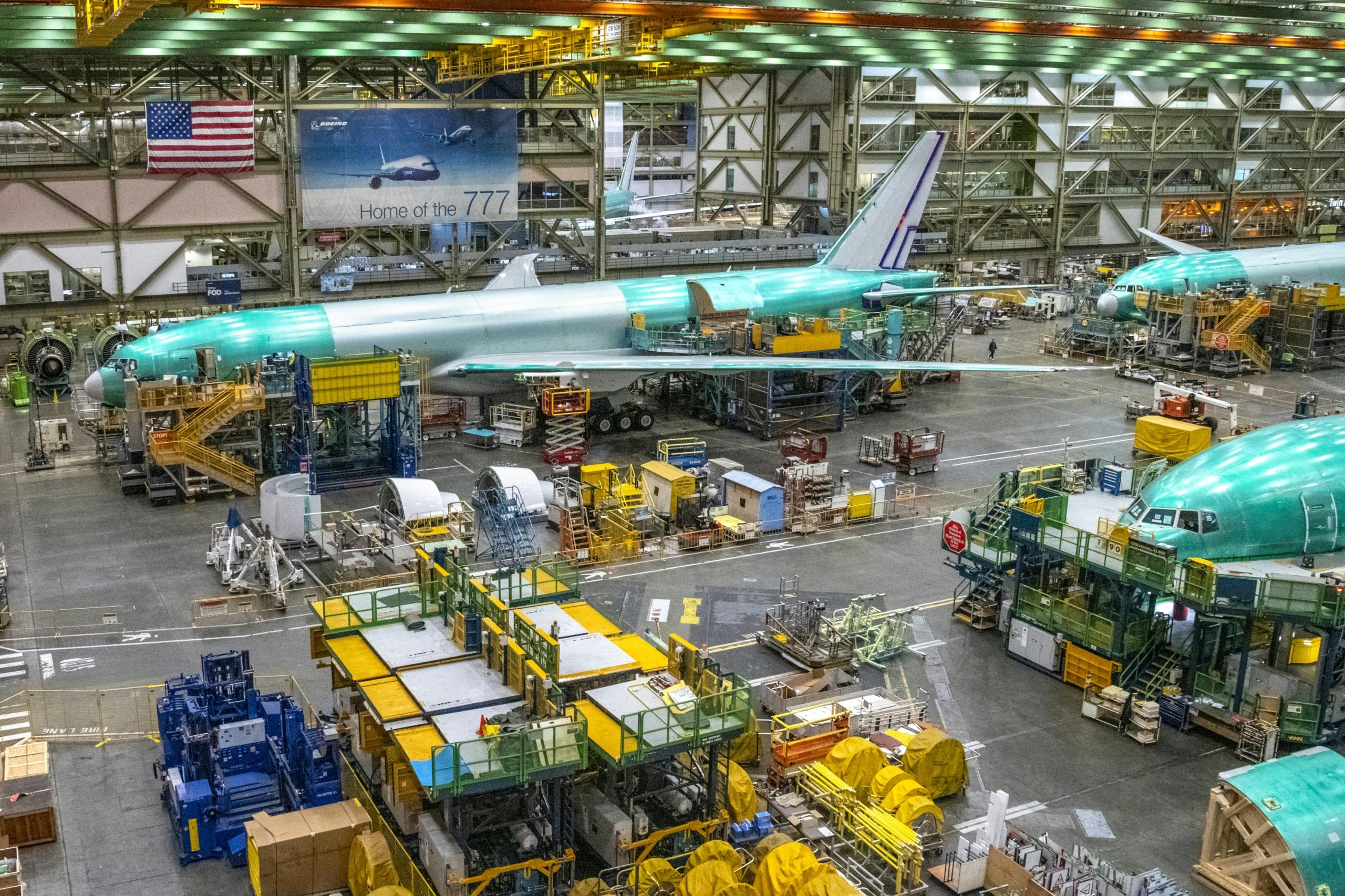
Advances in Defense Aviation and Their Impact on Global Air Travel by 2026
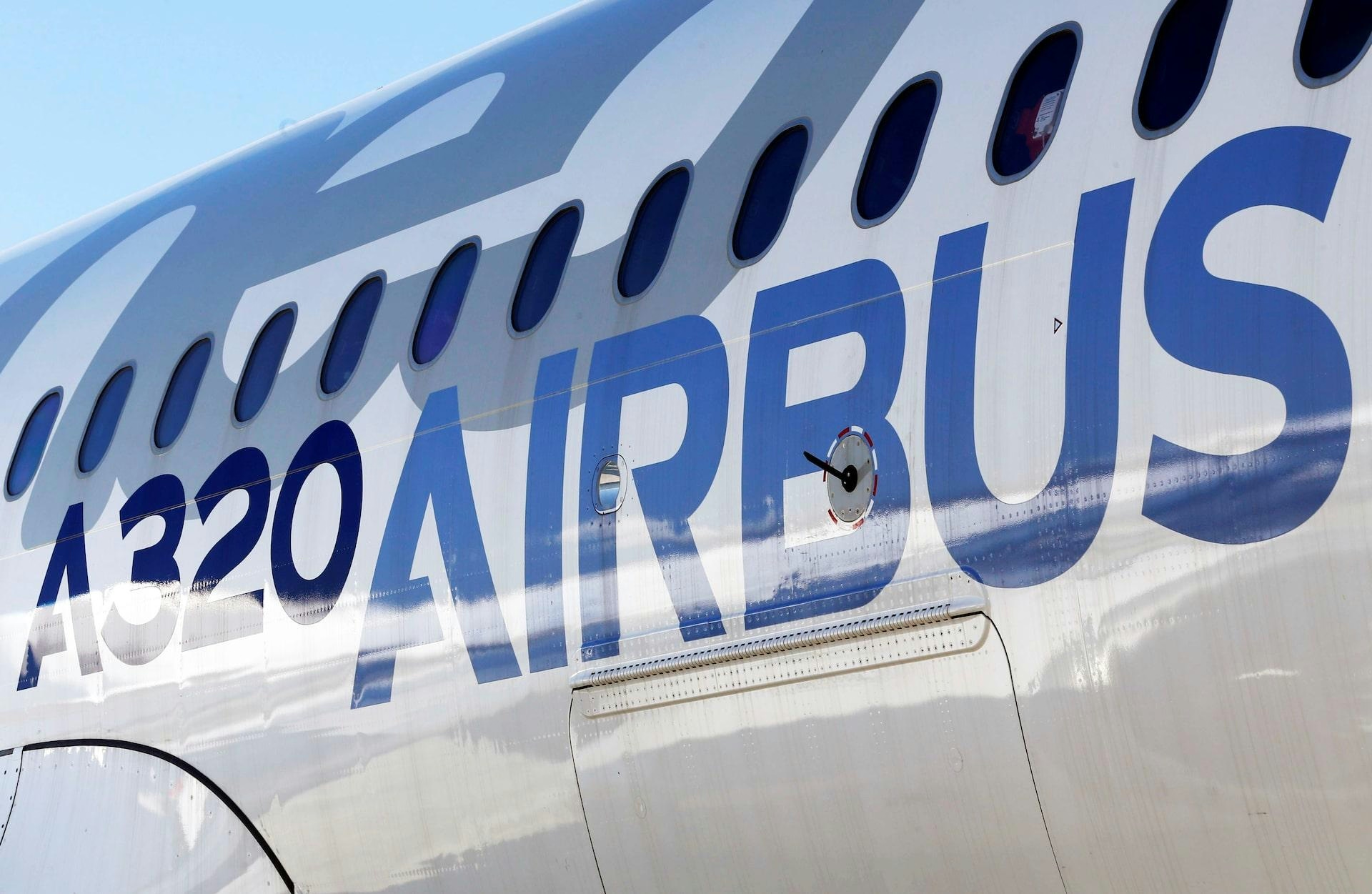
Airbus and Air China Confirm Order for 60 A320neo Aircraft Valued at £9.53 Billion
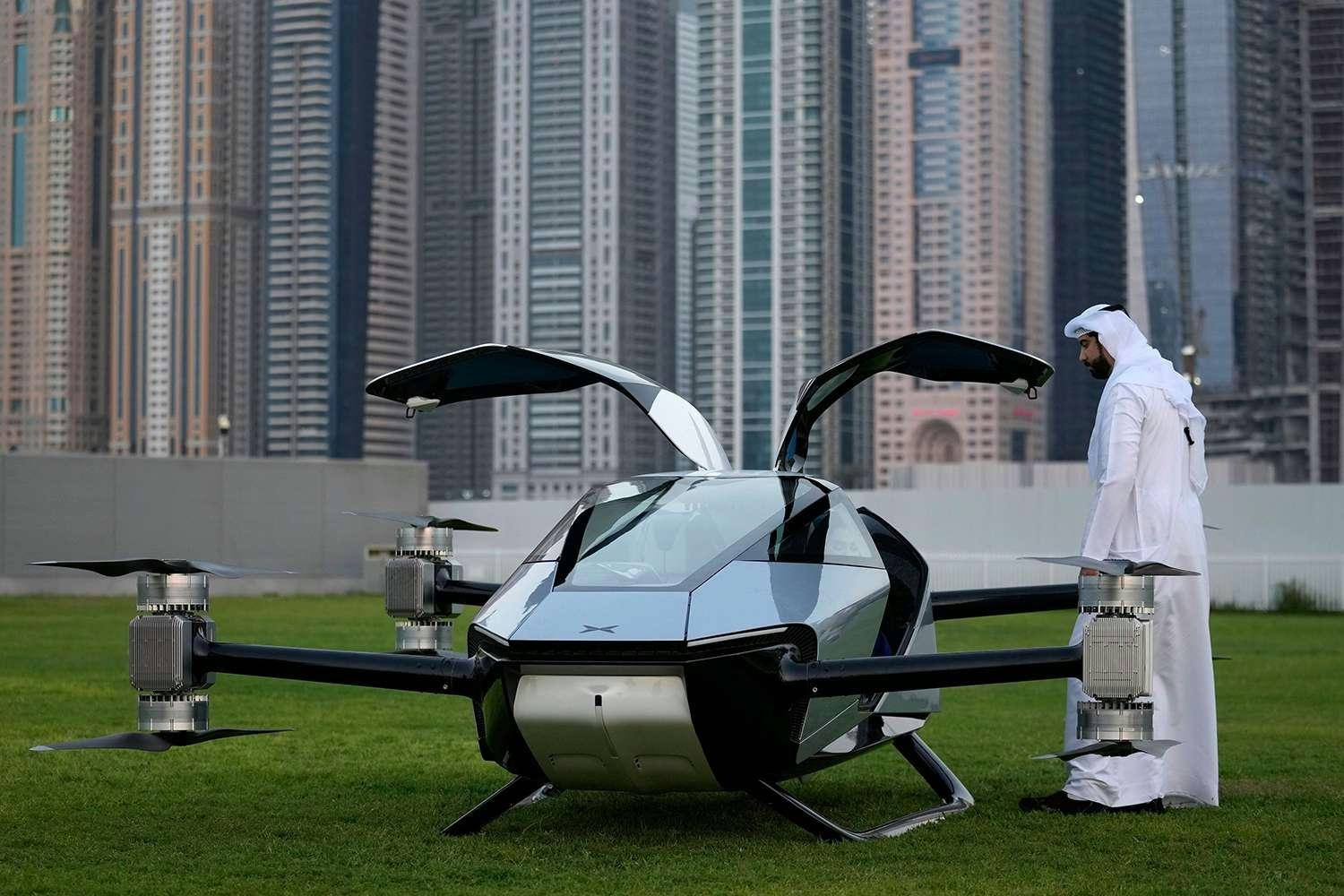
Dubai’s 2026 Plans: Key Developments from Flying Taxis to the Year of the Family
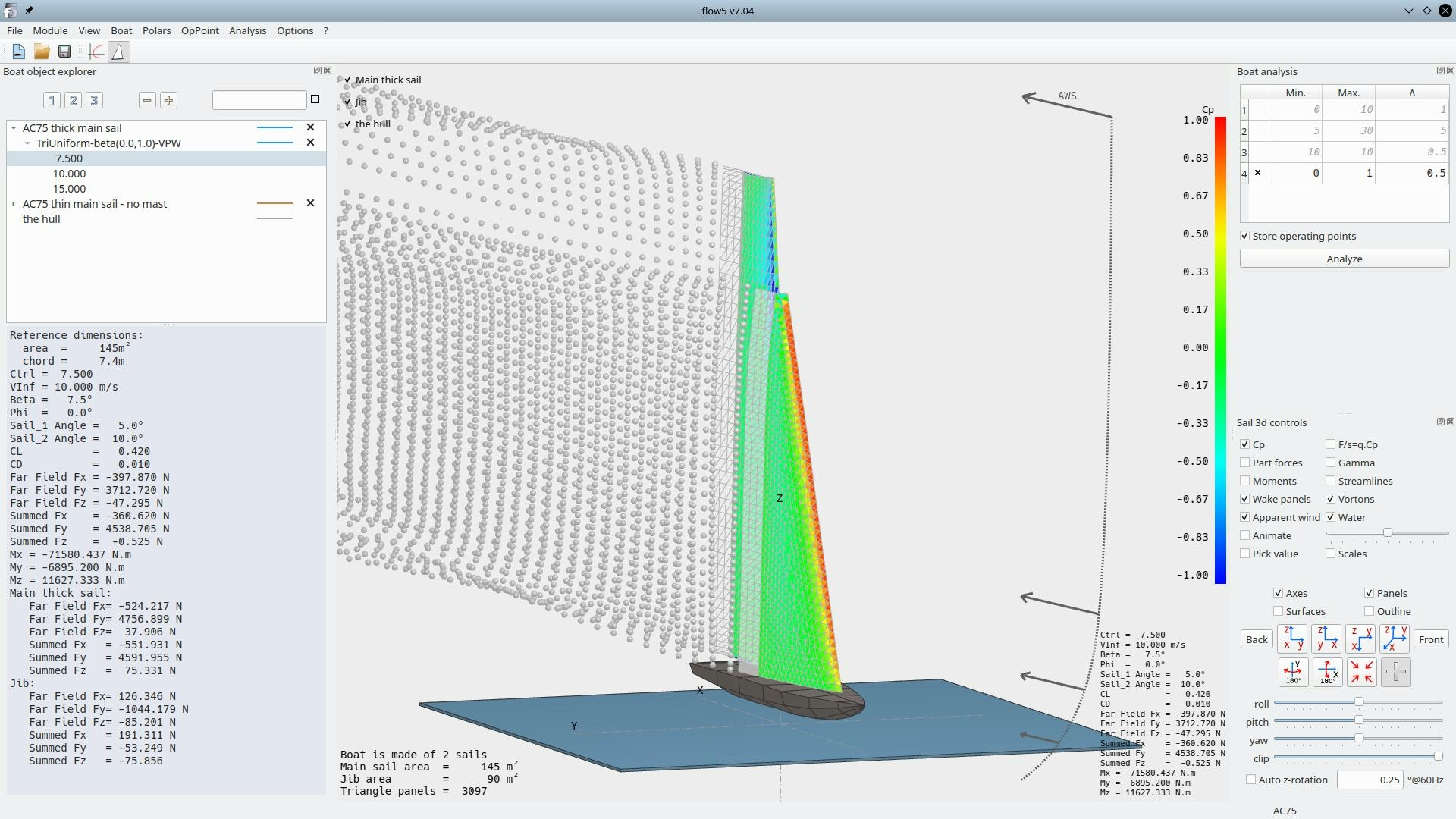
Flow5 Enhances Aerodynamic Simulations for Aviation and Marine Design

CALC Orders 30 Airbus A320neo Jets to Expand Fleet by 2026
